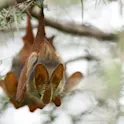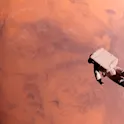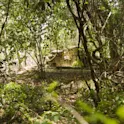
Featured news
16 Dec 2022
2022 in review: a message from our CEO
As CEO of Frontiers, and on behalf of my colleagues, it is my pleasure to share with you some of the insights gained and lessons learned from the events of 2022. Thanks to science, the threat of COVID-19 to our day-to-day lives has waned. The record-breaking development of effective vaccines and treatments for COVID-19 was accomplished by openly sharing scientific research articles through initiatives such as the CORD-19 Open Research dataset. Open science has proven what we can achieve if collaboration can flourish. It has shown that free, immediate, and unrestricted access to all publicly funded research for innovators, doctors, scientists, journalists, you, me, and people everywhere is absolutely critical if we are to find solutions to today’s most pressing global challenges at speed. Earlier this year, new policy guidance from the United States White House Office of Science and Technology Policy (OSTP) stated that the results of taxpayer-supported research should be made immediately available to the American public, without restriction. It is a moment that encapsulates the lessons of COVID-19 and represents the progress we are now making. It is also one of celebration for everyone who has been fighting for open access to publicly funded research results for more […]













